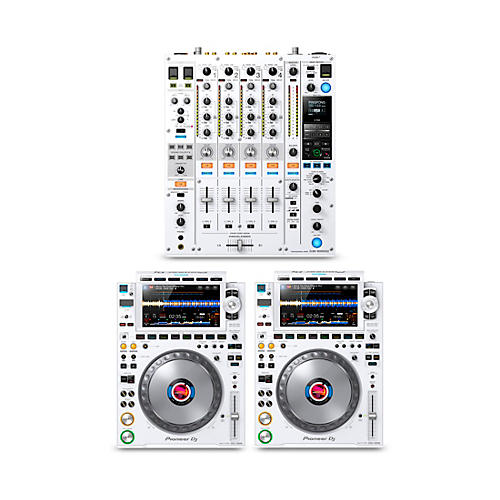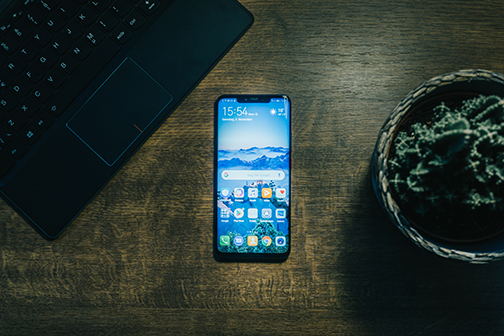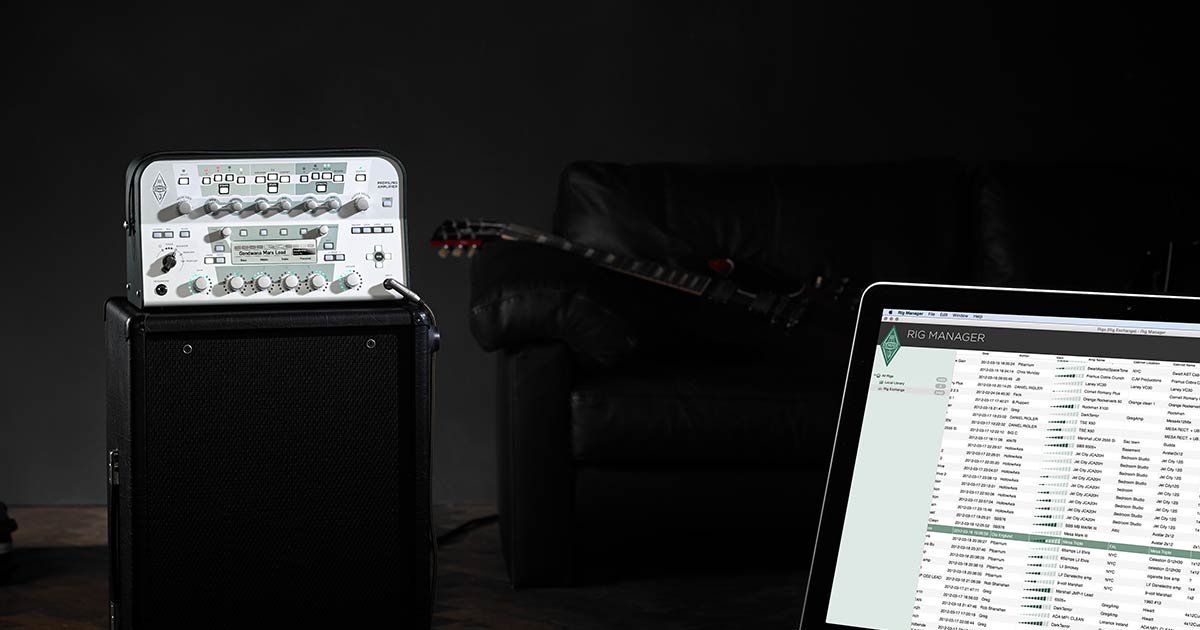A WBDI driver that exposes functionality to a legacy (non-WBDI) biometric stack should set the Exclusive value to zero. If this value is set to zero, the Windows Biometric Framework does not attempt to control the device and the device is not exposed through WBF. Drivers micrometric laptops & desktops best buy. Oct 20, 2017 Select the Start button, type Device Manager, and select it from the list of results. Expand one of the categories to find the name of your device, then right-click (or tap and hold) it, and select Update Driver. For graphics cards, expand the Display adapters category, right click your graphics card and select Update Driver.


The JTM45 Kemper Profile Pack captures the sound of this KT66 classic. This profile pack features 41 profiles in 4 profile sets capturing every sound hidden within this classic design. Profiles marked 'N' feature the Normal channel and an EQ designed to deliver plenty of girth and British style midrange for brighter sounding guitars. 'T' profiles feature High Treble channel of the amp, with the EQ dialed in for more high end clarity and upper mids. Profiles marked 'J' feature both these channels jumped together giving you more breakup at the phase inverter with plenty of high end and girth! 'Max' profiles feature the amps EQ controls all set to 10. This produces a different sound and character than using the eq to dial in the tone. Here you will find many, many, many of the classic British sounds you have heard on records. Not only do you get the sound of the amp with all controls maxed but this same sound with the gain of both channels dialed back for varying levels of this classic British Tone. As a bonus we have included several pedals pushing this amp at our favorite settings.
+ - indicates a KLONE pedal pushing the amp
SD1 - indicates a Boss SD-1 is pushing the amp
KOT OD - indicates the OD side of a King of Tone
KOT Dist - indicated the Distortion side of the King of Tone
This one is all Killer..no filler!
Longway Broadband Services based in Mount Juliet, Tennessee 37122 is a sole proprietorship, trade name, and certified business with the Tennessee Governor's Office of Diversity Business Enterprise (DBE) 'Small Business Enterprise' and State of Virginia's Department of Minority Business Enterprise (DBME) 'Small, Woman and/or Minority-owned (SWaM)'. We serve the local metropolitan markets of. 

The Kemper Profiling Amp (KPA) takes sonic snapshots (or profiles) of any amp and speaker combination as heard through a microphone or DI — not only your own amps, but those of a growing community of users and artists as well. This makes the KPA a formidable recording tool and an easy-traveling, self-contained live performance solution. Kemper Profiler Power Rack - 600-watt Rackmount Profiling Amp Head Rackmountable Guitar Amp System for Playing and Creating Custom Profiles of Real Amplifiers, with 600W Power Amplifier Onboard $2,225.00 $ 2, 225. Bellevue-based Kemper Development Company is the developer, owner and management company of The Bellevue Collection. Few properties anywhere can match the energy of The Bellevue Collection and the vitality of its ties to the local community. The explanation is simple: The Collection’s roots run deep in Bellevue. I just use the normal output (two jack cables) on my profiler, then going into my sound card (mini-jack) to both left and right input.The cables are jack to mini-jack. I used this setup before when I used amp plugins for my Daw and it worked perfectly.

Kemper Sound Cards & Media Devices Driver Download For Windows 7
REAMPING PROCESS(this guide is tested and builded for MBOX Audio Interface but can be easily used for any sound card that have at least 2 analog in, 2 SPDIF in, 2 analog out and 2 SPDIF out) | |||||||||
STEP 1 –Direct Signal Recording (using SPDIF Output for the Dry recording and Main Analog Out for monitoring) | |||||||||
| DAW | |||||||||
| 1) Arm 1st track (Input 1+2) for recording the full processed signal from the KPA Analog Main Out | |||||||||
| 2) Arm 2nd track (Input 3+4) for recording the dry signal from the KPA Digital SPDIF Out | |||||||||
| Kemper | |||||||||
| 1) Output Page on “Reamp” with Main Out = Master Stereo and SPDIF Out = Studio Git or any other with Git on the Left channel (only the left channel of the SPDIF Input will be taken for the Reamping) | |||||||||
| 2) Input Page with Input = Front Input and, if possible, CleanSense=0 and DistortionSense=0 (it simplify the 2nd step of the reamp process) | |||||||||
STEP 2 – Reamped Signal Recording (using Main Out for Analog Reamp recording or SPDIF Output for Digital Recording) | |||||||||
| DAW | |||||||||
| 1) Arm 3rd track (Input 1+2) for recording the full processed reamped signal from the KPA Analog Main Out | |||||||||
| 2) Route the DAW Output (from Mixer) of the SPDIF Dry Track previously recorded to Out 3+4 (=Software Returns 3+4 or Digital OUT) | |||||||||
| Kemper | |||||||||
| 1) Output Page on “Reamp” with Main Out = Master Stereo (for Analog out recording) or Page on “Default OUT” with SPDIF Out = Master Stereo (for Digital out recording) | |||||||||
| 2) Input Page with Input = SPDIF Input (only the left channel of the SPDIF Input will be taken for the Reamping) and, if possible, CleanSense=0, DistortionSense=0 and ReampSense=0 (it simplify the process) | |||||||||
| |||||||||
TIPs & TRICKs | |||||||||
| · To Reamp more times the same track and avoid phase issues it’s needed to use a constant latency (Output Menù – Page 5) that will be of 4,5 ms | |||||||||
| · Latency additional is introduced when Reamping respect to the original Analog Direct Recording, with MBOX Pro the additional latency is a delay of around 55-65 samples (1,2-1,5 ms) | |||||||||
| · When Reamping (but also when recording directly) it’s good to compensate the latency with a negative delay of samples in the track: each 128 samples are approximately 3 ms of delay, so considering the latency of 256 samples introduced by the DAW two times (first step and second step of reamping) plus the latency of the KPA of others 3 ms, a good value should be between 768 and 1024 samples. NOTE: A good Sound Card + Good ASIO Driver should automatically compensate the DAW Latency –> Test on Mbox Pro shows that it do! | |||||||||
| · Using both the Digital SPDIF In/Out; leaving the same levels on the various mixer all to 0db; leaving CleanSense, DistortionSense and ReampSense all to 0db the Reamp process is very simple and the levels are perfectly matched. | |||||||||
| · The CleanSense doesn’t work in Reamp Mode with SPDIF Input selected, so it has to be compensated with the appropriate ReampSense. | |||||||||
| · The CleanSense for Dry SPDIF Signal Recording acts exactly as a pure Booster from -12db to +12db indipendently from the Gain level of the Amp while for the Amp sound it acts as a pure booster variable with the gain knob position; this means that for a simplest process it’s better to leave CleanSense to 0db (to avoid further leveling) but to have maximum Signal-to-Noise ratio it’s better to put CleanSense at +12 before record the dry signal and then leveling the dry signal before the reamping putting ReampSense to -12. | |||||||||
| • Before start the reamping process take note on the track (i.e. in the name of the recorded file) of which level of CleanSense has been recorded the dry track to be sure to have the information in the future for correct leveling of the track before reamp. For an optimal leveling before reamping it has to be compensated the CleanSense value with the same opposite amount of the ReampSense value. The level of DistortionSense instead is perfectly replicated before and after the Reamping in the Step1&2, so it is possible to leave as it is without taking particular notes on that. | |||||||||
| • If the SPDIF Dry Signal is recorded with CleanSense at +12db (with Gain of original Profile between 3 and 4) to compensate and obtain the same sound and level on reamping you can use one of these options a) Put Reamp Sense to -12 db before reamping, leaving the dry recorded track to the same volume originally recorded b) Lower the track from Sequoia (DAW) to reamp at -12db of the original recording and after reamping rase the volume of the reamped track of 6 db | |||||||||
| • If the SPDIF Dry Signal is recorded with DistortionSense at -12db to compensate and obtain the same sound and level on reamping you can use one of these options a) Put DistortionSense again to -12 db before reamping, leaving the dry recorded track to the same volume originally recorded b) Put Reamp Sense to -12 db before reamping, leaving the dry recorded track to the same volume originally recorded | |||||||||
| • Pickup FEEDBACK from AUDIO Speakers: in the pickup the speakers sound of the room enter of about 60 db under the clean signal (on a vintage pickup). The problem of backing is more audible when the gain of the amp is very high because of compression. The Noise Gate on the Input section and the Noise Gate Stomps helps a lot to reduce such problem. With Noise Gate Stomps higher than 3 in the first position the feedback is almost completely cancelled. |
